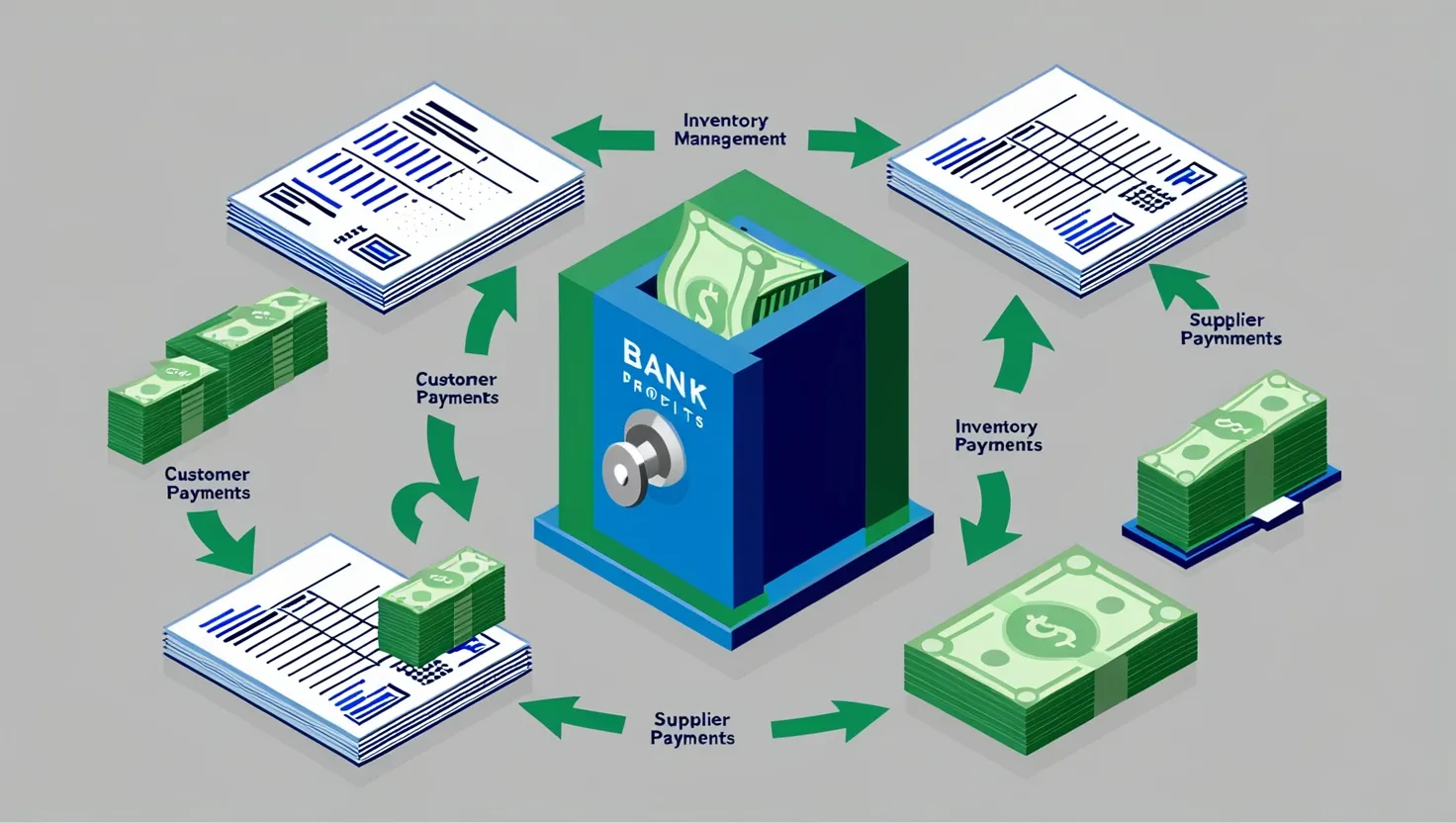In the realm of finance, the traditional methods of asset valuation have long been the cornerstone of investment decisions. However, what if we told you there’s a way to look at assets that goes beyond the classical approach? Imagine a world where asset values can exist in multiple states simultaneously, much like the principles of quantum mechanics.
To understand this concept, let’s delve into the idea of superposition. In quantum mechanics, particles can exist in multiple states at the same time until they are observed or measured. Applying this principle to asset valuation, we can think of an asset’s value as existing in a superposition of various states. This means that instead of having a single, fixed value, an asset could have multiple potential values all at once.
The Quantum Perspective
When you view assets through this quantum lens, you begin to see the market in a different light. Traditional valuation methods often rely on historical data, market trends, and other classical indicators. However, these methods can be limited because they only consider one state or value at a time. In contrast, the quantum approach allows you to consider multiple value states simultaneously.
Think of it like a financial shell game. In the classical version, you try to guess which shell the prize is under, and once you lift the shell, the prize is either there or it’s not. But in the quantum version, the prize exists under all shells at once until you observe it. This analogy highlights how the quantum perspective can help you identify opportunities that others might miss.
Identifying Mispricing
The key to exploiting this quantum valuation is to spot mispricing in the market. Mispricing occurs when the market’s perception of an asset’s value collapses into a single state, ignoring the other potential value states. This can happen due to various factors, such as market sentiment, news events, or even the limitations of classical valuation models.
For instance, consider a scenario where a company is about to release its quarterly earnings report. The market might price the stock based on expectations of good or bad news, but it might not fully account for all the possible outcomes. A quantum valuation approach would consider all these outcomes simultaneously, allowing you to identify if the market is missing other valuable states.
Using Quantum Algorithms
To implement this quantum valuation, researchers are developing quantum algorithms that can handle the complexities of multiple value states. These algorithms, such as those used in high-frequency statistical arbitrage trading, leverage the power of quantum computing to process vast amounts of data quickly and efficiently.
For example, quantum annealers can be used to find optimal arbitrage opportunities by identifying the most profitable cycles in a graph where nodes represent assets and edge weights represent conversion rates. This approach can help traders identify mispricing that classical methods might overlook[1].
Pricing Financial Derivatives
Another area where quantum valuation is making waves is in the pricing of financial derivatives. Traditional models, such as the Black-Scholes model, rely on classical equilibrium-based approaches that often fail to capture the dynamic and probabilistic nature of financial transactions. Quantum models, on the other hand, can better align with empirical reality by considering multiple states and probabilities simultaneously[2].
For instance, researchers are working on quantum algorithms to price interest-rate financial derivatives using the Heath-Jarrow-Morton framework. This involves reducing the number of noisy factors required to simulate the time evolution of forward rates, making the process more accurate and efficient[3].
Practical Applications
While the concept of quantum valuation might seem abstract, it has practical applications that can give traders and investors an edge. By considering multiple value states, you can make more informed decisions that account for a broader range of possibilities.
For example, in high-frequency trading, quantum algorithms can process large datasets quickly to identify statistical arbitrage opportunities. This involves finding temporary mispricings between two or more assets that can be exploited for profit. The quantum approach can enhance this process by analyzing multiple scenarios simultaneously, reducing the risk of missing out on profitable trades[5].
The Future of Finance
As quantum computing becomes more accessible, the potential for quantum valuation to transform the financial landscape is immense. It’s not just about using new tools; it’s about changing the way we think about asset values and market dynamics.
In this new world, the uncertainty principle of quantum mechanics becomes a powerful tool for uncovering hidden value in the market. By embracing this quantum perspective, you can turn what was once seen as uncertainty into an opportunity for gain.
So, the next time you’re analyzing an asset or making an investment decision, remember that the value might not be fixed; it might exist in multiple states, waiting to be uncovered. This is the future of finance, where the principles of quantum mechanics meet the world of high finance, and where the savvy investor can find new ways to succeed.






